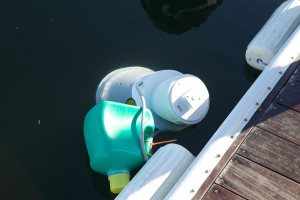by David Bill and James Manning
Yesterday morning at the Mattapoisett Town Landing, Tabor Boy Captain Zane Randall and Math teacher Mackenzie Chaput picked up two oceanographic drifter units and brought them aboard the Tabor Boy. NOAA’s Tim Anderson is overseeing the deployment of two NOAA drifters and a drifter built by Tabor students, and is using the schooner while it is enroute to Cuttyhunk during Tabor’s fourth Orientation at Sea voyage this summer.
Oceanographic drifter s are simple free-floating instruments which transmit their own positions via satellite. The drifters are used to observe ocean circulation patterns and currents. Here on Buzzards Bay, they are performing the valuable task of working to validate ocean current circulation models in our home waters, providing NOAA with useful data.
s are simple free-floating instruments which transmit their own positions via satellite. The drifters are used to observe ocean circulation patterns and currents. Here on Buzzards Bay, they are performing the valuable task of working to validate ocean current circulation models in our home waters, providing NOAA with useful data.
This collaborative project between Tabor Academy and NOAA/NEFSC began a year ago when Marine Science faculty members Jenny Albright and Kimberly Ulmer met up with Jim Manning at the Woods Hole NOAA office during their summer study research visits. Albright and Ulmer brought back the idea of Tabor students building and deploying oceanographic drifters and then studying and contributing the data.
 Tabor’s drifter was designed and constructed by Captain Geil’s Theoretical Ship and Boat Design class last fall. From the student designs, a prototype was built and tested, and then implemented in the Tabor Boy new student orientation program this summer starting with voyage one in June. Jim Manning took an interest in our data and suggested that we deploy all three drifters to make a comparative study.
Tabor’s drifter was designed and constructed by Captain Geil’s Theoretical Ship and Boat Design class last fall. From the student designs, a prototype was built and tested, and then implemented in the Tabor Boy new student orientation program this summer starting with voyage one in June. Jim Manning took an interest in our data and suggested that we deploy all three drifters to make a comparative study.
Like us, Jim Manning and his team at NOAA, you can track the progress of the three drifters (updated by satellite every few hours) on the following Google map link http://www.nefsc.noaa.gov/drifter/drift_tabor_2015_1.html
You can view the actual data that the three drifters are transmitting here.
Watch with us what information the three drifters transmit about actual surface currents in our home waters!








